CE Marking Requirements for Amazon Sellers-A Complete Guide
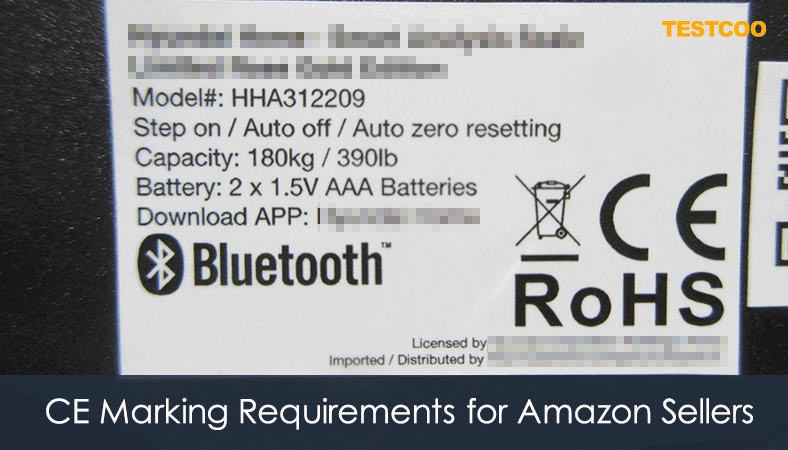 Link
LinkAmazon requires that all products are fully compliant with national product regulations. In the EU, this means that a wide range of products must be CE marked.
In this guide, we explain what you must know about Amazon CE marking requirements, compliance document checks, and common pitfalls.
Contents:
Chapter 1. What Is CE Marking?Chapter 2. Is CE Marking Mandatory for Amazon Sellers?
Chapter 3. Which Categories of Products are Subject to CE Marking?
Chapter 4. Amazon Responsible Person for CE-marked products
Chapter 5. Which Amazon marketplaces may require CE marking?
Chapter 6. WHERE DO I START IN THE CASE OF AMAZON?
Chapter 7. Which CE documents does Amazon check?
Chapter 8. What can happen if I sell non-CE marked products on Amazon?
Chapter 1. What Is CE Marking?
CE marking is an indicator of product compliance with EU legislation, which allows the free movement of products on the European market.
What does the CE marking mean?
If the product is CE marked, it means that the manufacturer has confirmed compliance with the basic health and safety requirements specified in the applicable European directives and regulations.
By marking your product in this way, the manufacturer takes full responsibility for compliance with all European requirements for health, safety, performance and environmental protection.
The CE marking is found on many products that are sold in the European Economic Area (the EEA includes all 28 EU countries as well as Iceland, Liechtenstein and Norway).
The letters CE stand for Conformité Européenne, which means European conformity in French.
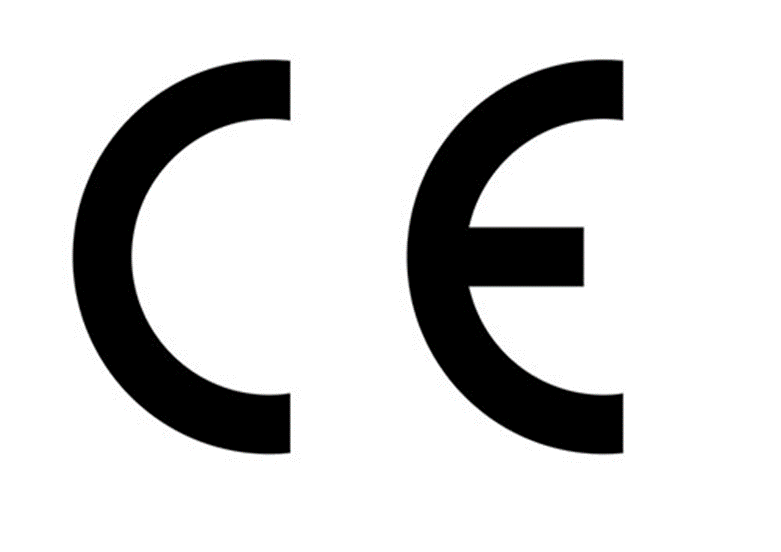
The appearance of the CE marking. From this link you can download files for marking your product or packaging. Available formats (png, gif, jpg,ai and eps)
Chapter 2. Is CE Marking Mandatory for Amazon Sellers?
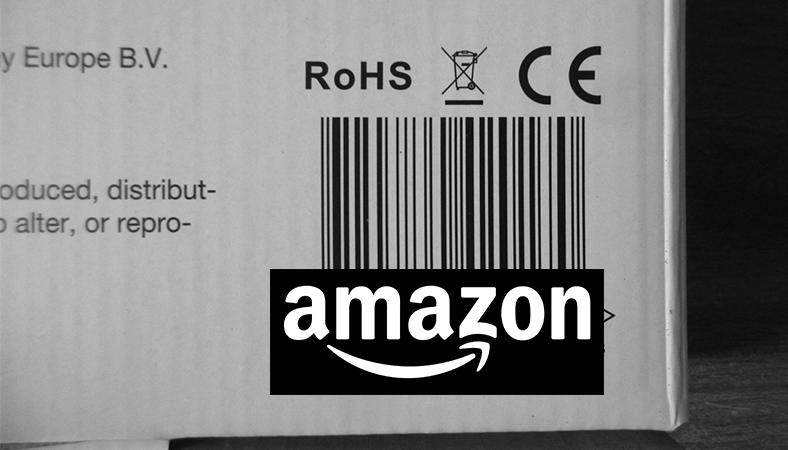
Amazon requires that all products sold by its third-party sellers comply with product safety standards and labeling requirements in each respective marketplace. As such, products that require CE marking in the European Union must therefore be CE marked in order to be sold on Amazon’s European marketplaces.
Amazon does not require CE marking for products that are not covered by one of the “CE marking directives”. Here are a few examples:
EMC Directive
Low Voltage Directive
RoHS Directive
Radio Equipment Directive
Toy Safety Directive
Personal Protective Equipment (PPE) Directive
Medical Devices Directive
Chapter 3. Which Categories of Products are Subject to CE Marking?
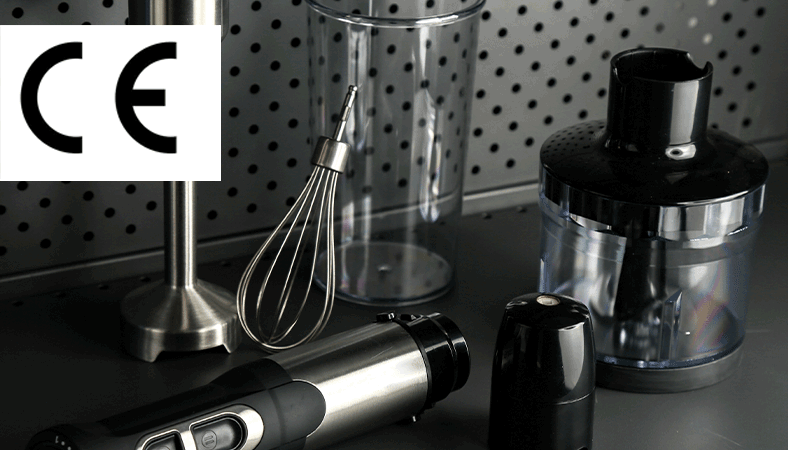
Products that fall under the scope of the following directives and regulations require CE marking:
EU DIRECTIVE OR REGULATION | CATEGORY OF GOODS OR SERVICES |
| Directive 2006/42/EC | Machine equipment |
| Directive 2000/14/EC | Noise equipment for outdoor use |
| Directive 2009/125/EC | Cable car laying |
| Directive 2009/125/EC | Energy products |
Directive 2009/142/EC | Gas appliances |
| Directive 2009/48/EC | Safety of toys |
| Directive 2011/65/EU | Limiting the use of certain hazardous substances in electrical equipment |
| Directive 2013/29/EU | Pyrotechnic products |
| Directive 92/42/EEC | Water heating boilers |
Directive 2014/28/EU | Explosives for civilian use |
Directive 2014/29/EU | Pressure receptacles |
Directive 2014/30/EU | Electromagnetic compatibility |
Weighing equipment | |
Directive 2014/32/EU | Measuring devices |
Directive 2014/33/EU | Elevators and elevator equipment |
Directive 2014/34/EU | Equipment and protective systems for use in potentially explosive atmospheres |
Directive 2014/35/EU | Low Voltage Equipment (known as Low Voltage Directive) |
Directive 2014/53/EU | Radio equipment |
Directive 90/385/EEC | Active medical implantable devices |
Directive 2013/53/EU | Pleasure crafts |
Directive 2014/68/EU | Pressure equipment |
Directive 98/79/EC | Medical devices for in vitro diagnostics |
| Regulation (EU) No 305/2011 | Construction Products |
Regulation (EU) 2017/745 | Medical devices |
Regulation (EU) 2016/425 | Personal protective equipment |
Regulation (EU) 2019/945 | unmanned aircraft systems |
Chapter 4. Amazon Responsible Person for CE-marked products
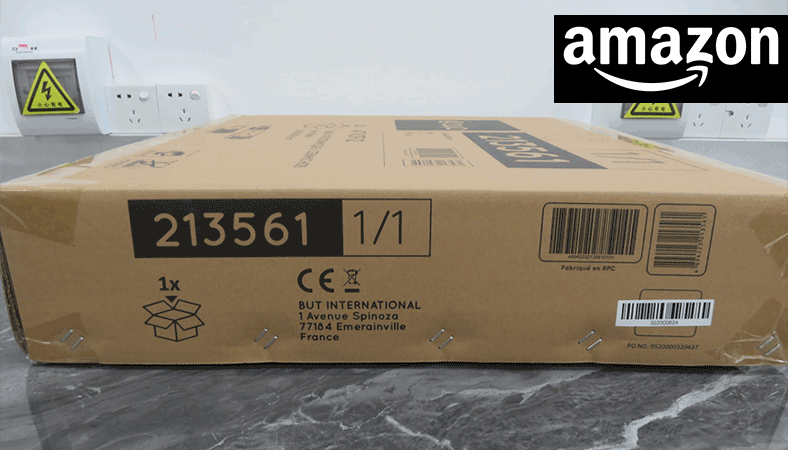
Are you a seller on Amazon and have you been requested to ensure you have a Responsible Person for CE-marked products?
The Responsible Person for CE-marked Products is a natural or legal person that is appointed to communicate with the market surveillance authorities of the EU Member States in which CE-marked products are sold. This person is not a sales representative or distributor. S/he will also not take over your product liability.
The Responsible Person’s role is primarily to be a single point of contact for the authorities, and to communicate on your behalf about questions related to regulatory conformity and CE compliance. For that reason, you are best served with a person that is an expert on CE marking and the CE marking regulations, standards, and approval procedures.
The EU Responsible Person must do the following:
- Collect the EC Declaration of Conformity of the product (or the Declaration of Performance) and make sure that additional documents demonstrating the product’s conformity with EC regulations can be provided by the manufacturer or brand owner upon request in language that the authorities can understand.
- Report to the authorities any risk related to the product.
- Cooperate with market surveillance authorities, including ensuring that the manufacturer or brand owner takes the necessary corrective action to correct any product non-compliance.
But do not be scared, Amazon offers itself as a responsible person to its sellers and is ready to act on their behalf in the EU markets.
Chapter 5. Which Amazon Marketplaces may Require CE Marking?

CE marking is mandatory in all EU countries. As such, CE marking is required when selling certain products on any of the European Amazon marketplaces:
Amazon requires that all products sold by third-party sellers meet product safety standards and marking requirements in each relevant market. Thus, products that require CE marking in the European Union must be CE marked in order to be sold on Amazon’s European marketplaces.
The CE marking is mandatory in all EU countries. Thus, CE marking is required when certain products are sold on Amazon’s European sites:
- www.amazon.de
- www.amazon.it
- www.amazon.fr
- www.amazon.se
- www.amazon.es
- www.amazon.nl
- www.amazon.pl
- www.amazon.com.tr
Because of Brexit, there is an interesting situation with the UK. The CE marking, at least, is still required on Amazon.co.uk, but this may change in the coming years.
Learn more: How to Find Amazon Warehouses near Me?
Chapter 6. Where Do I Start in the Case of Amazon?
You can start on Amazon with these links:
On this page you will learn general information on CE marking;
In this section, the categories of goods that may be subject to CE marking requirements are described in more detail;
Another page on CE marking, where the concept of the EU Responsible Person is described in detail (you have to log in to Seller Central to view the page);
On this page (continuously updated) you will find a list of provider companies certified by Amazon that can act as a Responsible Person (you need to be logged in to Seller Central to view the page);
Regarding the last link: note the disclaimer from Amazon itself: “These services are not advertised on the labs page, but if you contact one of the following companies through their compliance provider network page, they will explain the details of how to use their services.“
There is one point that is important to understand.
CE marking is in principle a self-certification process. Only some products require the product to be tested and certified by an authorized body.
Chapter 7. Which CE Documents does Amazon Check?
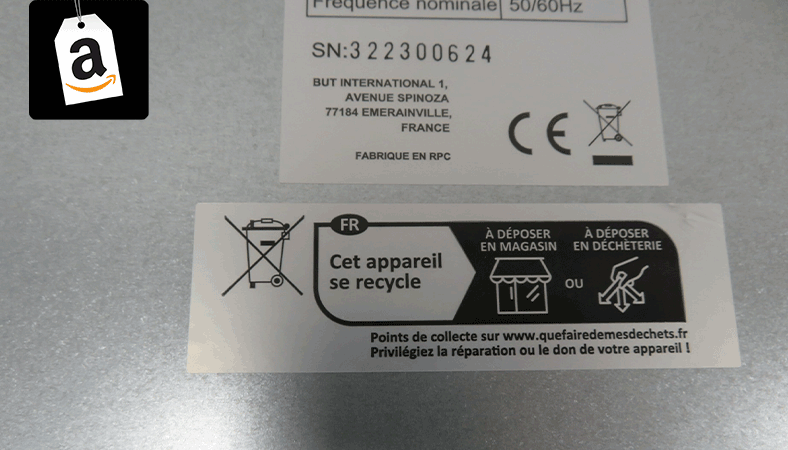
CE compliance involves a lot more than printing a CE mark on a product. In short, you need to obtain or issue the following documents to support the CE mark:
- Lab test reports
- Declaration of Conformity
- Technical file
- User manual
These are also the documents that Amazon request and review to determine if your product is actually CE compliant. Below follows an example of a CE compliance document check from Amazon.
Lab Test Reports
Lab testing is necessary to verify if a product is compliant. Hence, it’s common that Amazon requires test reports that demonstrate compliance with relevant standards.
Here are a few key points:
- SKU: The product SKU must match. You cannot provide a test report for Product A as a lab test report for Product B.
- Company Name: Ideally, the test report should be held in your company name. If not, it can be hard to prove that the test report is applicable to your specific product. That said, many sellers submit test reports held by their suppliers. Amazon may accept a supplier invoice to demonstrate a “connection, but not always.
- Standards/Regulations: Products may be subject to more than one standard (e.g. EN 71-3). Hence, Amazon also wants to see that your test reports cover all mandatory standards for your product – not just one or two.
- Testing Company: Not all testing companies have a solid reputation. Amazon could potentially reject a test report issued by an unverifiable company.
Declaration of Conformity (DoC)
A declaration of conformity (DoC) is a document signed by a manufacturer or authorized representative confirming that the product placed on the market complies with applicable EU requirements, and is required for all CE-marked products sold in the EEA and Northern Ireland, with few exceptions.
A DoC must clearly include the following information:
- The name and full business address of the manufacturer or their authorized representative.
- The product's serial number, model, or other unique product identification.
- A statement that the brand owner or manufacturer take full responsibility for the declaration.
- Means of identification of the product, allowing traceability.
- The relevant legislation with which the product complies, as well as any harmonized standards or other means used to prove compliance.
- Where applicable, details of the notified body, such as name and number, which carried out the conformity assessment procedure, and reference to issued certificates.
- The name, signature, and position of the person signing the DoC.
- The date on which the declaration was issued.
The mistake many Amazon sellers make is to submit a DoC which does not correspond to the test report. The SKU, company name, and listed regulations and testing standards must match the information in the test report.
Supplier Invoices
Amazon sometimes requests supplier invoices. My understanding is that they do this to establish whether you actually purchased products from the same supplier as listed in the DoC and test report – assuming you obtain these documents from your supplier in the first place.
This can be very problematic if the documents you obtain are issued in a different company name. This is often the case when you buy from trading companies.
The invoice shows the trading company name, while the compliance documents are issued by the manufacturer. This means that you cannot establish a link between the compliance documents and your product.
Label File Photocopies
Amazon wants to verify that your products are correctly labeled. Therefore, Amazon sometimes requires photocopies of the product and the packaging to verify that the product is actually CE marked.
Keep in mind that some directives and regulations also include more comprehensive labeling requirements (e.g. Toy Safety Directive Age Group Labeling).
Chapter 8. What can Happen if I Sell non-CE Marked Products on Amazon?
As you can read for yourself in the example above, Amazon gives sellers 14 days to respond to a compliance document request. Failing to do so means that you cannot sell your product.
Free Sample Report Performance Quality Control
Download a sample report to keep control of your supply chain!
Featured Articles
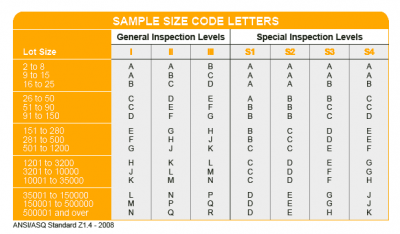 AQL Table | How to Read It
AQL Table | How to Read It TOP 10 Common Defects in Garments Quality Inspection
TOP 10 Common Defects in Garments Quality Inspection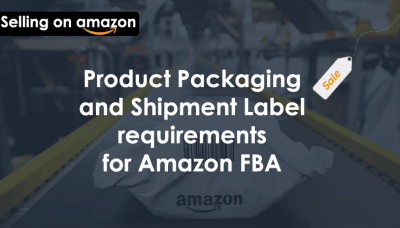 Product Packaging and Shipment Label requirements for Amazon FBA
Product Packaging and Shipment Label requirements for Amazon FBA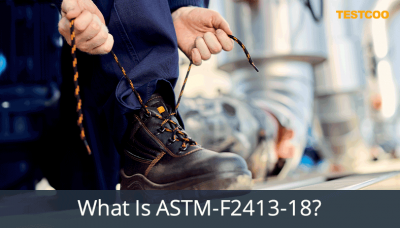 What Is ASTM-F2413-18? Protective Footwear Standard
What Is ASTM-F2413-18? Protective Footwear Standard How to Conduct Third-Party Quality Control Inspections for Electric Scooters
How to Conduct Third-Party Quality Control Inspections for Electric Scooters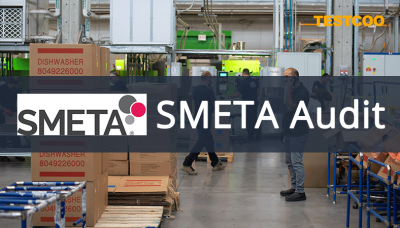 SMETA Audit-What is SMETA Audit?
SMETA Audit-What is SMETA Audit?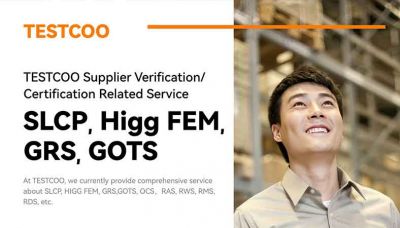 TESTCOO Supplier Verification/Certification Service SLCP, Higg FEM, GRS, GOTS
TESTCOO Supplier Verification/Certification Service SLCP, Higg FEM, GRS, GOTS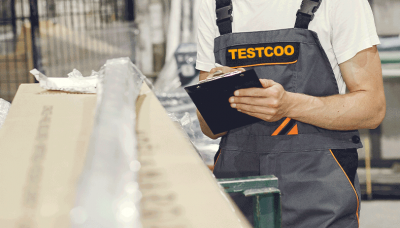 Quality Control Inspection Company in China
Quality Control Inspection Company in China What is Quality Inspection? A Complete Guide
What is Quality Inspection? A Complete Guide Guidelines for Product Inspection in India
Guidelines for Product Inspection in India
Category
- Production Inspection Service
- Factory Audit
- Softline Inspection
- Hardline Inspection
- Electrics Inspection
- Certification
- Checklist
- Manufacturers
- Quality Assurance Basics
- Products Recall
- AQL
- Guidence and Standard
- News
- Supplier Management
- Amazon
- Protective Equipment
- e-commerce quality control
- Indian Manufacturing
- Soft Goods Quality Control
- Supply Chain Management
- Supply Chain Resilience
- E-Commerce Quality Control
- ISO 2859
- Supply Chain Optimization
- Garment Industry
- Higg Index




